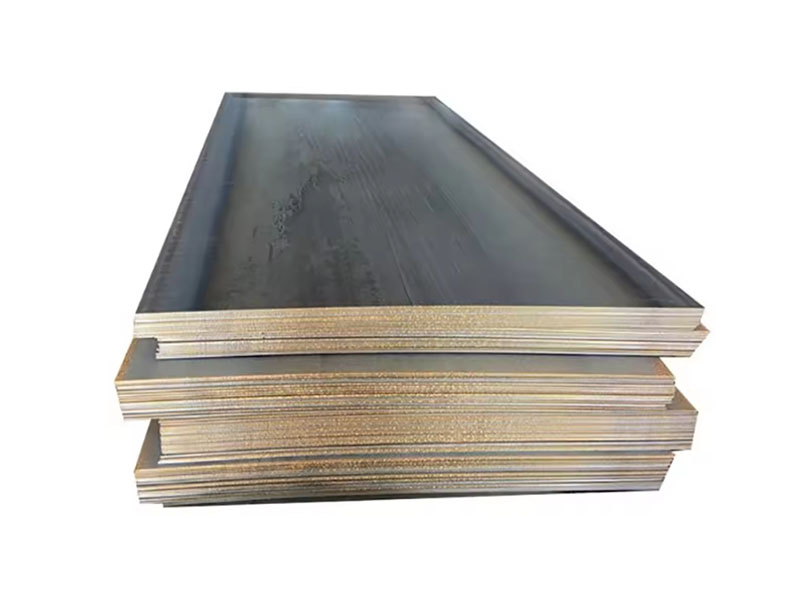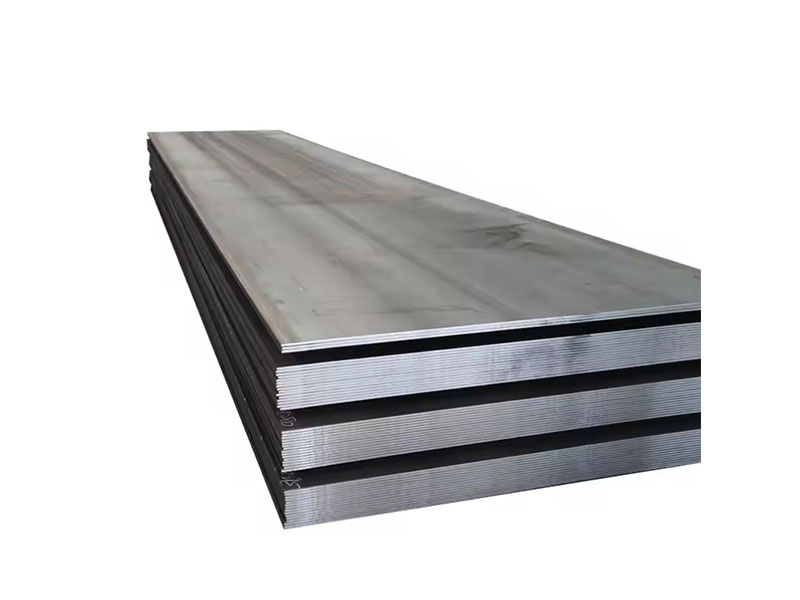Introduction
In recent years, the construction industry has been undergoing a significant transformation with the introduction of low carbon steel plate. This innovative material offers a range of benefits that are revolutionizing the way buildings are constructed, providing strength, durability, and sustainability in building structures. In this article, we will explore the impact of low carbon steel plate on the construction industry and how it is changing the way we build.


What is Low Carbon Steel Plate?
Low carbon steel plate is a type of steel that contains a low percentage of carbon, typically less than 0.25%. This makes it an ideal material for construction applications where strength and durability are essential. Low carbon steel plate is known for its high tensile strength, making it perfect for use in building structures that require support and stability.
Benefits of Low Carbon Steel Plate in Construction
- Strength: Low carbon steel plate offers exceptional strength, making it a reliable choice for building structures that need to withstand heavy loads and harsh conditions.
- Durability: The durability of low carbon steel plate ensures that buildings constructed with this material will last for many years, reducing the need for frequent repairs and maintenance.
- Sustainability: Low carbon steel plate is an environmentally friendly choice, as it can be recycled and reused, reducing the impact on the environment.
Revolutionizing the Construction Industry
The use of low carbon steel plate in the construction industry is revolutionizing the way buildings are constructed. This innovative material is providing builders with a cost-effective, sustainable, and durable solution for building structures that meet the needs of today's society. With its strength, durability, and sustainability, low carbon steel plate is shaping the future of the construction industry.
FAQs
- What are the main advantages of using low carbon steel plate in construction?
- How does low carbon steel plate contribute to sustainability in the construction industry?
- What are the common applications of low carbon steel plate in building structures?
- How does low carbon steel plate compare to other materials used in construction?
- What are the potential challenges of using low carbon steel plate in construction?
Conclusion
In conclusion, low carbon steel plate is revolutionizing the construction industry by providing builders with a sustainable, durable, and cost-effective material for building structures. With its strength, durability, and environmental benefits, low carbon steel plate is changing the way buildings are constructed, shaping the future of the construction industry. As the demand for sustainable building materials continues to grow, low carbon steel plate is poised to play a significant role in the evolution of construction practices.


